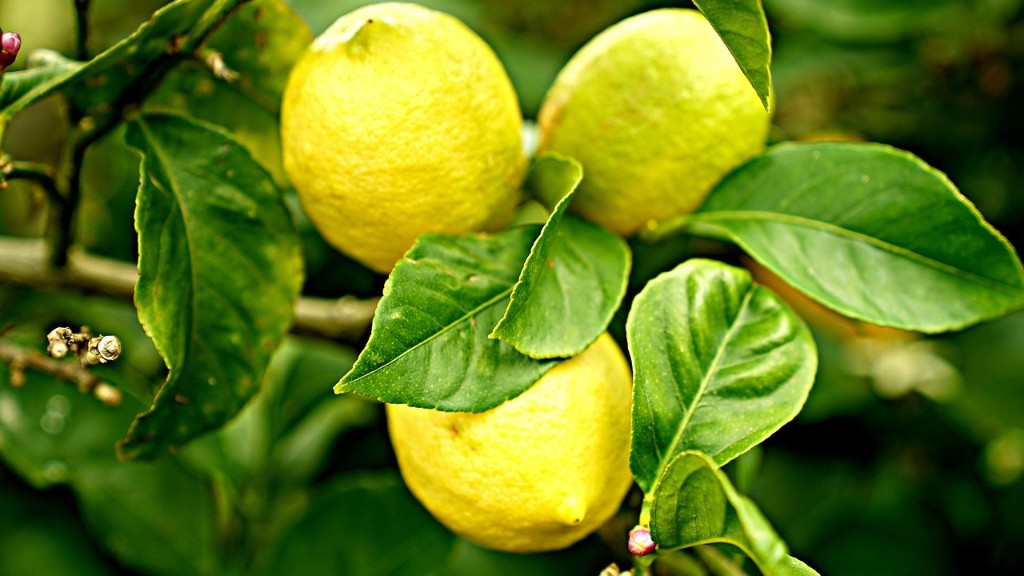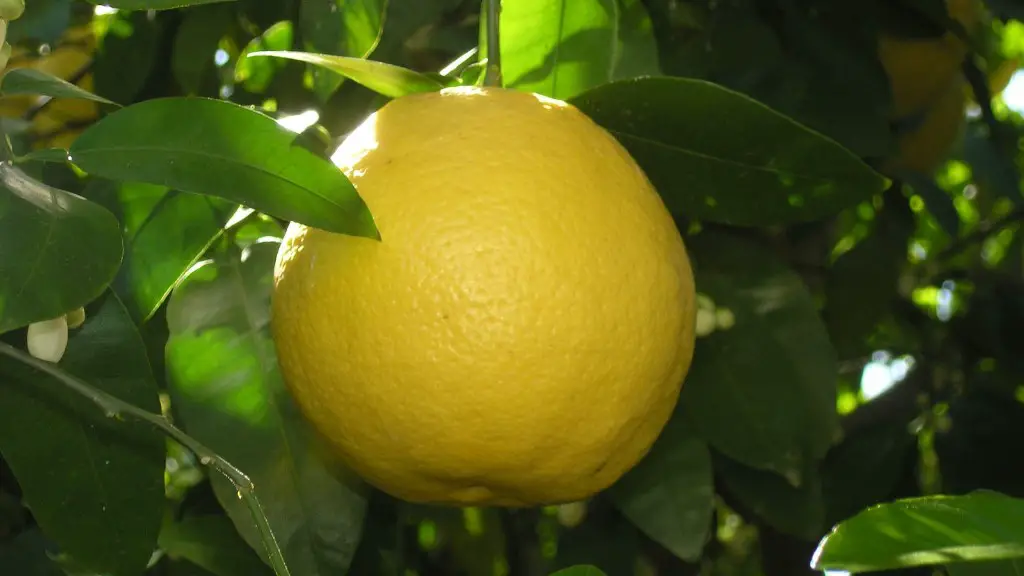Watering a Palm Tree
Watering correctly is essential to properly reviving a palm tree houseplant. Most commonly, a significant factor in the decline of many houseplant palms is underwatering. Proper watering includes using room temperature water and getting water to the roots of the plant, down below the soil. Water should be added when the top inch or so of soil is dry. When watering, it is important to not only water deeply but also regularly to keep the soil evenly moist.
It is important to note that wilted leaves are not always a sign of drought, as some pal trees intentionally reduce the number of their leaves in order to adapt to indoor conditions. Checking the soil is a better indicator and when the soil feels dry, adding water is advised.
When reviving a palm tree in an indoor environment, it should not be overwatered. Doing so can block air spaces and slow down the absorption of water and oxygen, which can lead to fungal root rot. A healthy balance of watering and draining is the ideal combination.
Fertilizing a Palm Tree
Applying fertilizer regularly is a key component in restoring a palm tree’s health. Fortunately, houseplant palms generally require less fertilizer than outdoor palms, only needing to be fed once or twice a year.
In addition to using a fertilizer specifically designed for houseplant palms, it is also recommended to not place a palm in direct sunlight or overheat it. Doing so can cause yellowing or browning of the leaves, which can be reversed by providing adequate water and fertilization.
It is best to test the soil and add fertilizer according to the results, as an environment with too much potassium can cause the leaves to turn yellow and an environment with too much nitrogen can cause the leaves to turn brown. This can be counteracted with soil amendments and some kind of acidic substance.
Providing Light to a Palm Tree
The best way to revive a palm tree is to provide it with indirect, filtered light. It should be placed in an area where it is not exposed to the bright, direct sunlight of the mid-day sun. Ideally, the plant should be given bright, indirect light all day.
In order to find just the right spot for a palm tree, it can be placed under a bracket of filmy light, preferably near a window. The optimal spot for growth will be one with dappled light, which can be achieved by diffusing the light through sheer curtains.
It is important to remember that houseplants grown in low light can be feeble plants, more susceptible to pests, viruses and microbial diseases. Alternatively, exposure to too much light may cause yellow and brown spots, which should be avoided by allowing some natural light into the space, but without risking your plant’s health.
Grooming a Palm Tree
Regularly grooming a palm tree is important to ensure it is achieving maximum health. Palm trees need to be pruned, as removing old, damaged or clumpy fronds (leaves) will allow new branches and leaves to grow. Dead fronds should be left on the plant until they are completely brown and withered, as they may still provide some benefit to the palm in the meantime.
It is also helpful to spray water onto the palm’s leaves and fronds once per month. This will aid the photosynthesis process and help keep the fronds free of dust. However, it is important to avoid spraying leaves which are in direct sunlight, as it can damage the plant.
Checking for Pests and Diseases
When trying to revive a palm tree, it is important to inspect the plant regularly for potential pests or diseases. Common houseplant pests such as spider mites, scale, aphids and mealybugs can cause damage to the leaves and should be immediately treated with the appropriate pesticide. Additionally, it is important to inspect the soil for pests such as nematodes, which can damage the roots.
It is important to note that palms are also vulnerable to a range of diseases. Common diseases can include leaf spots, rhizoctonia leaf blight, scale, root rot and stem rot. If any of these diseases are present, they should be treated with the appropriate chemicals as soon as possible, in order to revive the plant.
Repotting a Palm Tree
When reviving a palm tree, one of the first steps is to consider if the plant needs repotting. Over time, the roots can expand and clog the drains of the pot, hindering the effects of watering and creating a need for repotting.
When repotting, it is important to make sure the new pot has enough space for the plant’s roots, drainage holes on the bottom and well-draining mix. The pot size should also be adjusted to provide enough space for the plant to grow its roots.
It is also important to make sure that when the repotting is complete, the plant is returned to its ideal light and humidity environment. A month after repotting, it is advised to add a balanced, liquid fertilizer to the newly potted palm, as adding fertilizer during potting can cause root burn.
Proper Care of a Palm Tree
In order to properly revive a palm tree, it is essential to establish a routine of proper care. This includes providing adequate light and humidity, watering appropriately, fertilizing regularly and avoiding common problems such as overwatering and underwatering.
It is also important to ensure that all of the other conditions and factors that can affect the health of the plant are met, such as providing adequate airflow, avoiding drafts and crushing or cutting the leaves.
When properly cared for, a palm tree can be a beautiful and long-lasting addition to any home. Caring for a palm tree is a rewarding experience and a great way to introduce some greenery into your home.
Methods for Improving Air Circulation
Improving air circulation around a palm tree is an important step in reviving it, as it can help it to grow more effectively and avoid potential health issues. Generally, many houseplants, including palms, require some kind of air movement to survive, as air movement helps to keep the plant from getting too hot or too cold.
This can be done by placing the palm in an area with open windows and fans, or by using an oscillating fan to keep the air circulating. Additionally, some people prefer to position their palm near an air vent or to open a window to ensure the cooler air is slowly circulating. Finally, avoiding overcrowding palms can help ensure that adequate air circulation is achieved.
Providing Adequate Humidity
Adequate humidity is also necessary for a palm tree to thrive. Misting the leaves of the plant with distilled water several times a week is an effective way to provide the plant with the correct amount of humidity. Additionally, it is important to avoid exposing the leaves to extremely dry air, or to a water-logged environment.
Proper humidity can be achieved by positioning the palm in a warm, dry and sunny room, or by using a humidifier if necessary. The ideal level of humidity should be between 40 and 50%, in order to ensure that the leaves are not too dry or too moist.
Using Proper Soil Mixtures
Using the right soil mix is essential to reviving a palm tree. Generally, the ideal soil mixture should be a combination of a good-quality potting mix, coarse sand and vermiculite. This combination ensures that the soil has good drainage, adequate aeration and retains enough water for the plant to thrive.
It is also important to remember that a sandy soil combined with a lot of organic matter, such as compost or manure will allow for better drainage. Additionally, it is advisable to avoid using soil mixes that are too compact, as compact soils can obstruct root growth and overwatering can lead to fungal root rot.


